|
|||
A systematic methodology for the thermodynamic optimisation of civil bypass engines (turbofan or advanced propulsors) is presented, which would be useful for designing air-breathing engines based on “clean-sheet analysis”. The process starts with establishing an optimum specific thrust for the engine based on an economic analysis (installation constraints, noise regulations etc. also need to be considered). The task of the optimisation process is then to find the combination of optimum values of fan pressure ratio, overall pressure ratio, bypass ratio and turbine entry temperature concurrently that maximizes overall efficiency at the fixed specific thrust. This procedure is quite different from the usual single-variable parametric performance studies which do not give proper optimum values and may involve large excursion in the value of the specific thrust unacceptable for a particular mission. Additionally, several, simple and explicit, analytical relations are derived here from fundamental principles, which perform well against numerical optimisation performed by a specialist computer program employing iterative and advanced search techniques. The analytical relations accelerate the optimisation process and offer physical insight. Present numerical computations with real gas properties have established new concepts in turbofan optimisation (for example, the existence of an optimum bypass ratio and optimum turbine entry temperature). The question of optimum jet velocity has been addressed. An analytical expression for the optimum jet velocity at a given bypass ratio has been derived which performs well against numerical optimisation results. |
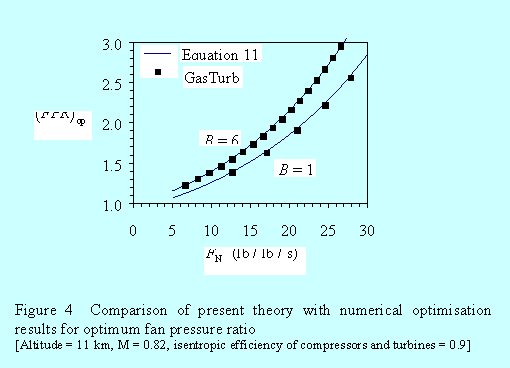 |
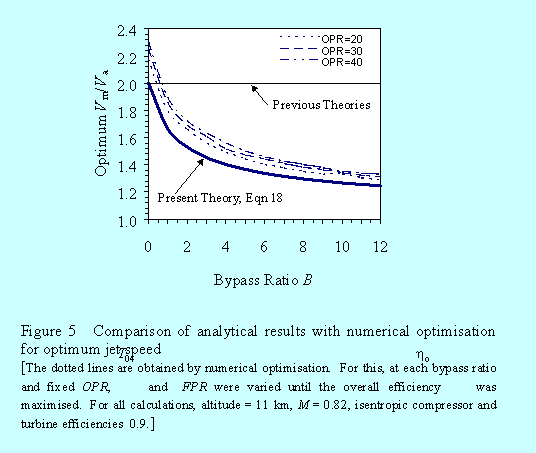 |
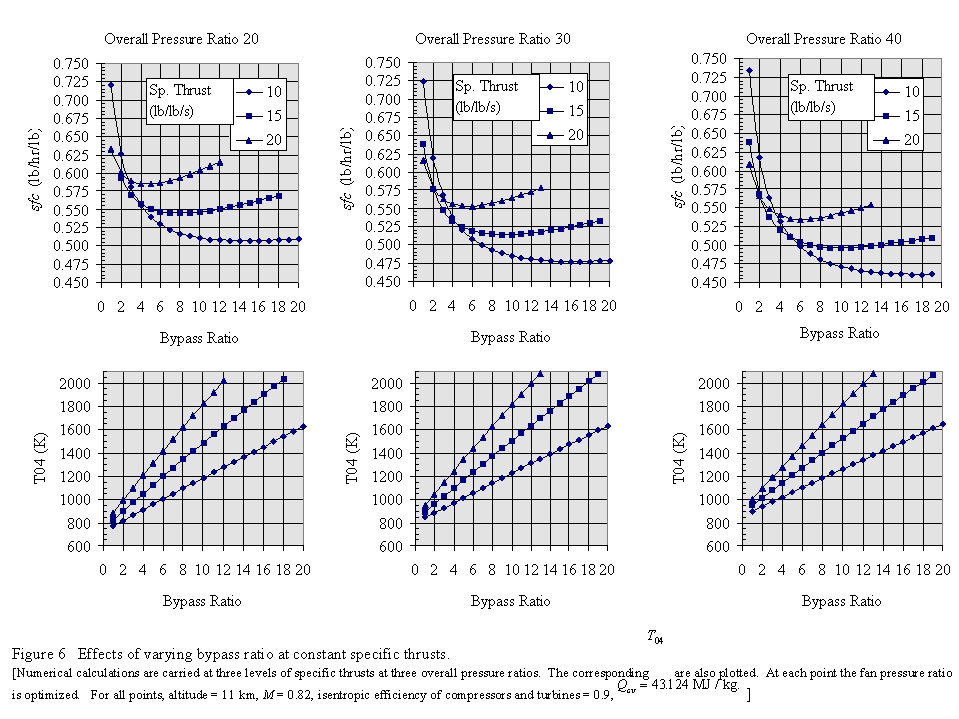 |
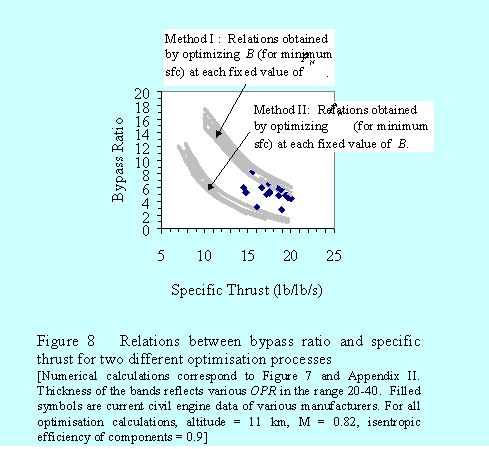 |
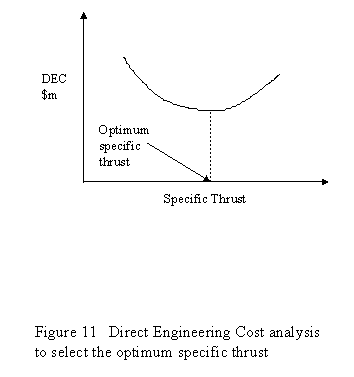 |
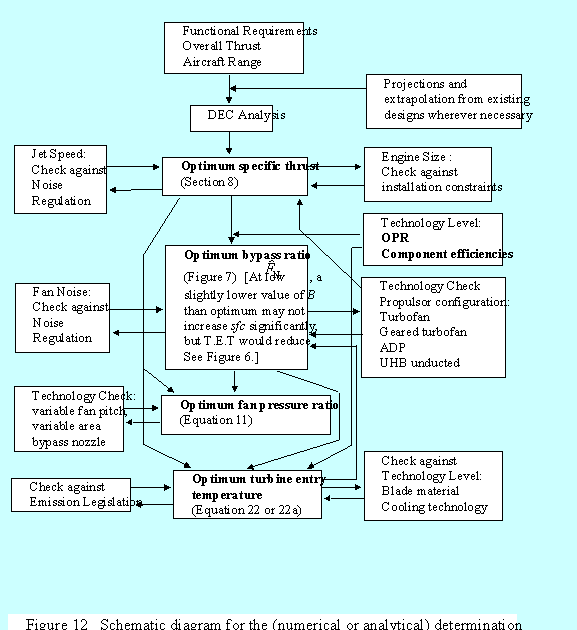 |
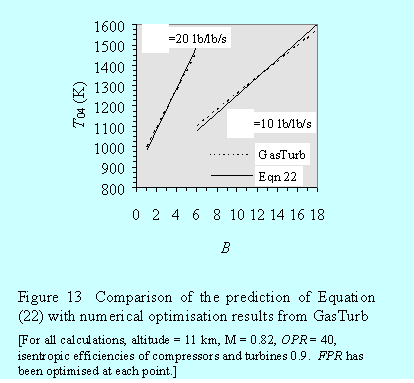 |
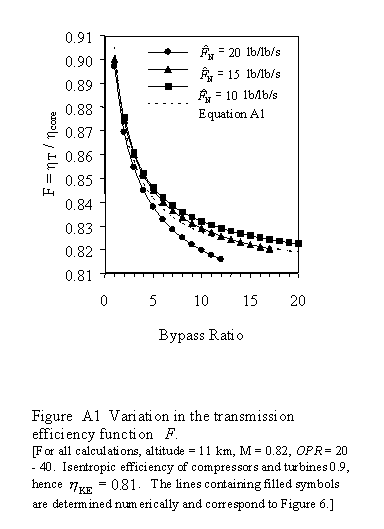 |
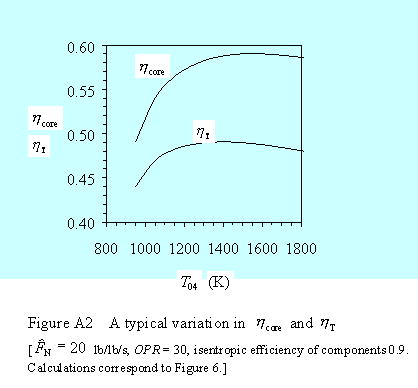 |
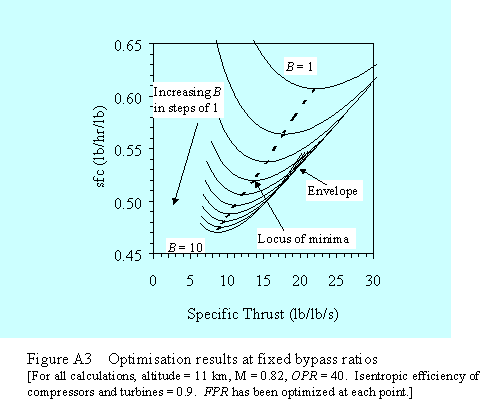 |
 |
|
|
|